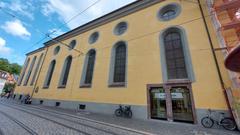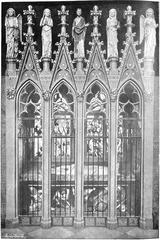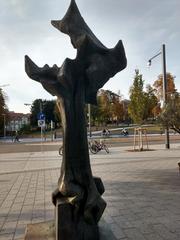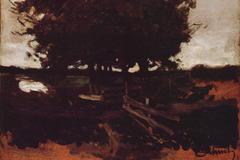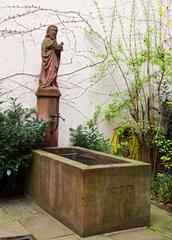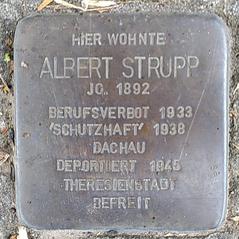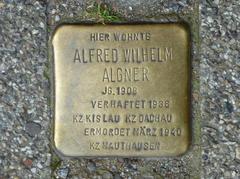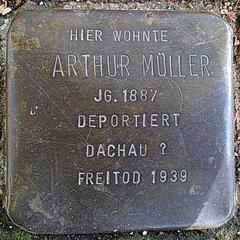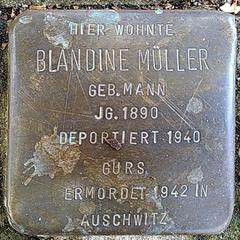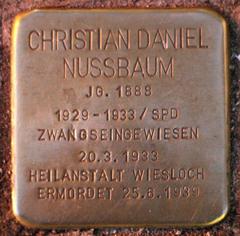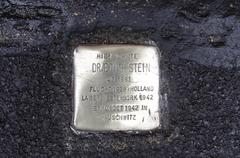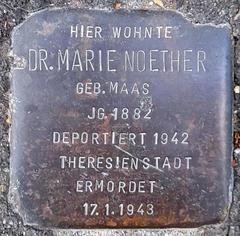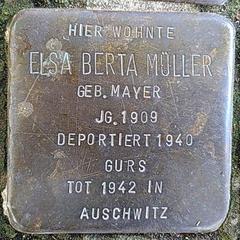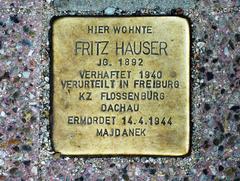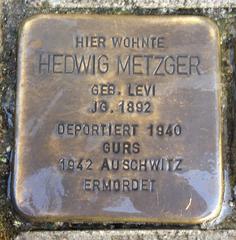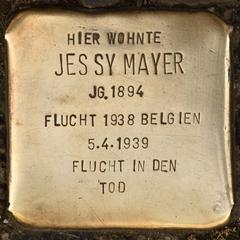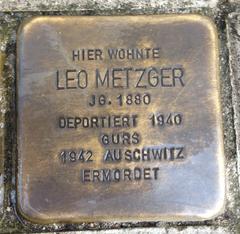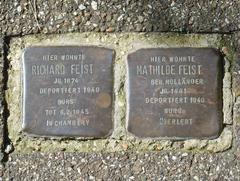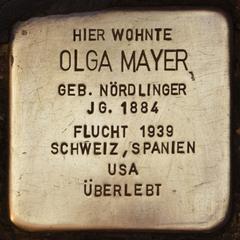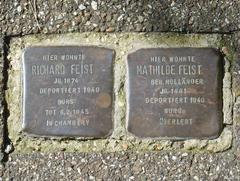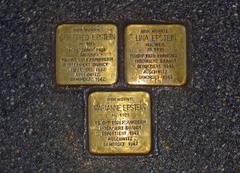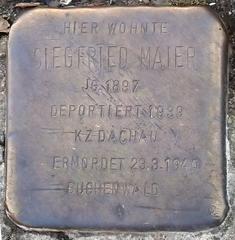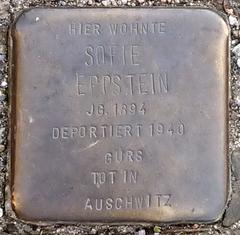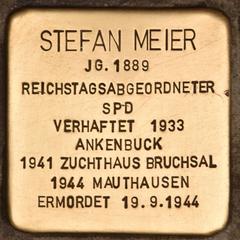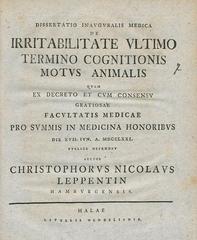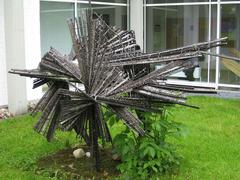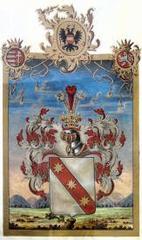Freiburg Bächle Visiting Hours, Tickets, and Historical Sites Guide
Date: 04/07/2025
Introduction to Freiburg Bächle and Its Historical Significance
In the heart of Freiburg im Breisgau’s picturesque Altstadt, the Freiburg Bächle form an enchanting network of narrow, stone-lined water channels, a living legacy of medieval engineering and urban identity. Since their inception in the early 12th century, the Bächle have drawn water from the Dreisam River to serve vital roles—supplying utility water for households, supporting local crafts, aiding in sanitation, and defending against fires. Spanning approximately 5 to 15.5 kilometers (when including underground sections), the Bächle are now treasured not only for their functionality but as a defining element of Freiburg’s charm and cultural heritage (Black Forest Germany; Germany Footsteps).
Winding alongside city landmarks such as the Schwabentor, Freiburg Minster, and Münsterplatz, the Bächle invite visitors and locals alike to immerse themselves in the city’s medieval past. Their continuous flow through cobblestone streets is intertwined with local legends—most famously, the belief that accidentally stepping into a Bächle foretells marriage to a Freiburger (Rough Guides; visit.freiburg.de).
Accessible year-round and free of charge, the Bächle offer an open invitation to explore Freiburg’s old town, experience cultural events such as the annual Bächleputzen (channel cleaning), and enjoy community-focused gatherings like the Bächlepicknick picnic (Freiburg City PDF; explorial.com).
This guide provides a comprehensive overview—covering the Bächle’s origins, evolution, preservation, visitor information (including hours and accessibility), insider tips for tours and photography, and the enduring cultural significance that makes them a must-see attraction in Freiburg (Mike’s Travel Guide; Freiburg Tourism Official Site).
Table of Contents
- Origins and Medieval Development
- Technical Structure and Expansion
- Social and Cultural Significance
- Decline and Threats in the Modern Era
- Rediscovery and Restoration
- Visiting the Freiburg Bächle: Hours, Tickets, and Accessibility
- Travel Tips for Visitors
- Special Events and Cultural Experiences
- Visuals and Media
- Frequently Asked Questions (FAQ)
- Key Facts and Figures
- The Bächle in Contemporary Freiburg
- Historical Function and Urban Integration
- Environmental and Climatic Impact
- Social and Recreational Dimensions
- Cultural Significance and Local Identity
- Urban Planning and Modern Adaptation
- Practical Travel Tips
- Rituals, Traditions, and Community Events
- Local Legends and Folklore
- The Bächle in Urban Life and Art
- Social Interactions and Everyday Life
- Walking the Bächle: Routes and Highlights
- Interactive Traditions and Local Lore
- Maintenance and the Role of the Bächleputzer
- Unique Experiences and Thematic Tours
- Call to Action
Origins and Medieval Development
The Freiburg Bächle originated alongside the city’s founding in 1120 by the Dukes of Zähringen, conceived as a sophisticated water management system to bring fresh water from the Dreisam River into the city’s core. The channels begin at Oberlinden, near the Schwabentor, and branch out westward through the Altstadt (Black Forest Germany; Freiburg City PDF).
In medieval times, running water within city walls was rare and indicative of advanced urban planning. The Bächle provided essential utility water for daily life and firefighting, and played a key role in sanitation by carrying away debris and rainwater (Rough Guides).
Technical Structure and Expansion
Ingeniously constructed, the Bächle are typically 30–50 cm wide and 10–20 cm deep, lined with stone and set into the street edges. Water is diverted from the Dreisam River at a controlled intake, flowing steadily through the city and branching into smaller channels that served various neighborhoods. Trades such as dyeing and tanning particularly relied on the Bächle for water, especially in the Schneckenvorstadt district near Schwabentor (Black Forest Germany; Freiburg City PDF).
Social and Cultural Significance
The Bächle quickly became symbols of civic pride and ingenuity, woven into local customs and superstitions—such as the tradition that stepping into a Bächle means you will marry a Freiburger (Rough Guides). They shaped street layouts and daily routines: children played in the water, residents used the channels for household chores, and animals drank from them. The ambiance of the Bächle contributed to Freiburg’s reputation as “Little Venice” (Black Forest Germany).
Decline and Threats in the Modern Era
With the advent of modern plumbing and increased vehicular traffic in the late 19th and 20th centuries, the Bächle’s practical roles declined. Many were covered or removed during urban development, especially after World War II. Postwar priorities for modern roads led to additional neglect and reduction of the open channel network (Freiburg City PDF; Europe for Visitors).
Rediscovery and Restoration
Freiburg’s urban renewal in the 1970s, with a focus on pedestrian zones and sustainability, marked a turning point. The Bächle were uncovered, restored, and in some cases reconstructed, reflecting the city’s renewed appreciation for historical features. Today, about 5 kilometers of channels remain visible, maintained by city-employed “Bächleputzer” who ensure their cleanliness and function (Europe for Visitors; Freiburg City PDF).
Visiting the Freiburg Bächle: Hours, Tickets, and Accessibility
The Bächle are open and free to enjoy year-round, flowing through Freiburg’s Altstadt. No ticket or entrance fee is required. Most streets are paved and accessible, though cobblestone sections can be challenging for those with mobility impairments. Comfortable walking shoes are recommended.
Travel Tips for Visitors
- Best Visiting Season: Spring to early autumn offers the most pleasant weather and opportunities to cool your feet in the Bächle.
- Guided Tours: Available through the Freiburg Tourist Office and local guides, focusing on Bächle history and city culture.
- Photography: Golden hour (early morning or late afternoon) enhances the visual appeal.
- Nearby Highlights: Schwabentor, Freiburg Minster, Münsterplatz market—all within easy walking distance.
Special Events and Cultural Experiences
The Bächle feature prominently in city events, including the annual Bächleputzen (community cleaning) during the Fasnet carnival and summer Bächlepicknick (canal-side picnic). Children’s boat races and open-air concerts often take place near the channels (explorial.com; freiburg-tourismus-partnerportal.de).
Visuals and Media
High-quality images and interactive maps of the Bächle and Altstadt are available on official tourism websites and travel blogs. Alt text such as “Freiburg Bächle historic water channels” enhances accessibility and SEO.
Frequently Asked Questions (FAQ)
Q: What are the Freiburg Bächle visiting hours?
A: Open and visible year-round, accessible at all times.
Q: Is there an entrance fee or ticket required?
A: No, the Bächle are free to explore.
Q: Are the Bächle accessible for people with disabilities?
A: Most areas are accessible, but cobblestone streets may pose challenges.
Q: Are guided tours available?
A: Yes, guided and themed tours are available through local operators.
Key Facts and Figures
- Length: Up to 15.5 km total (about 6.4 km above ground)
- Origin: Early 12th century
- Water source: Dreisam River
- Historical uses: Utility, sanitation, firefighting, crafts
- Modern uses: Decorative, recreational, environmental cooling
- Restoration: Major efforts in the 1970s, ongoing maintenance
The Bächle in Contemporary Freiburg
The Bächle now symbolize Freiburg’s values of sustainability and heritage conservation, playing a role in environmental cooling and rainwater management. They are highlighted in city tours, festivals, postcards, and educational programs, ensuring their continued relevance (Freiburg City PDF; Explore City Life).
Historical Function and Urban Integration
Since 1170, the Bächle have been an integral part of Freiburg’s urban layout, supporting firefighting, cleaning, and local industries. Today, about 15.5 kilometers remain, with 6.4 kilometers above ground (Germany Footsteps). Their design shapes pedestrian movement, city planning, and tourism.
Environmental and Climatic Impact
The Bächle moderate Freiburg’s urban microclimate, especially during hot summers, and contribute to urban biodiversity by providing microhabitats for small wildlife (Germany Footsteps).
Social and Recreational Dimensions
The Bächle are central to Freiburg’s social life—children float boats, people cool their feet, and the channels serve as informal gathering places. They encourage a relaxed pace and invite spontaneous social interaction.
Cultural Significance and Local Identity
Embedded in folklore, art, and city branding, the Bächle are a symbol of Freiburg’s unique blend of tradition and innovation. The legend that stepping into a Bächle means you’ll marry a local is widely shared and adds to their mystique (Germany Footsteps).
Urban Planning and Modern Adaptation
Freiburg’s preservation of the Bächle during modernization reflects its commitment to sustainable planning. The channels are regularly maintained, and their presence influences new developments in the Old Town (Germany Footsteps).
Practical Travel Tips
- Watch Your Step: The channels are shallow but easy to overlook—stepping in is a common local rite of passage.
- Seasonal Variations: Some sections may run dry during drought or maintenance.
- Family Fun: Miniature boat races and floating paper ships are popular with children.
- Photography: Soft light at dawn and dusk creates stunning images.
Rituals, Traditions, and Community Events
Annual Bächleputzen (cleaning) and Bächlepicknick (canal-side picnic) are key community traditions, fostering civic pride. Children’s boat races and festive gatherings further animate the Bächle (explorial.com; freiburg-tourismus-partnerportal.de).
Local Legends and Folklore
The most famous legend holds that stepping into a Bächle means you’ll marry a local—a story often recounted on tours and in local humor (en.wikipedia.org; visit.freiburg.de).
The Bächle in Urban Life and Art
Artists and writers continue to draw inspiration from the Bächle, which feature in paintings, literature, and urban planning studies (ijbes.utm.my).
Social Interactions and Everyday Life
The phrase “Pass auf die Bächle auf!” (“Watch out for the Bächle!”) is emblematic of local hospitality and playfulness, underscoring the channels’ place in daily life (explorial.com).
Walking the Bächle: Routes and Highlights
The most scenic Bächle stretches run along Kaiser-Joseph-Straße, Salzstraße, and the lanes radiating from Münsterplatz. These routes lead past major attractions and provide the best photo opportunities (GPSmyCity Walking Tour).
Interactive Traditions and Local Lore
Dipping your feet or floating boats in the Bächle is encouraged, and the marriage legend adds a fun, interactive element to your visit (Nomads Travel Guide).
Maintenance and the Role of the Bächleputzer
City-employed Bächleputzer keep the channels clear and flowing, and their stories are often featured in guided tours (Mike’s Travel Guide; Tripadvisor: Bächleputzer Tour).
Unique Experiences and Thematic Tours
Specialized tours, such as the Bächleputzer Tour, offer hands-on demonstrations and insights into the channels’ history and upkeep. Evening and winter tours provide alternative perspectives, often pairing the Bächle with local food and drink experiences (Travel Buddies: Walking Tours).
Call to Action
Plan your visit to the Freiburg Bächle for an authentic encounter with the city’s heritage, nature, and community life. Download the Audiala app for guided audio tours and visit the Freiburg Tourism Official Site for current events, tour bookings, and practical information. Follow us on social media for updates and inspiration!
References and Further Reading
- Black Forest Germany
- Germany Footsteps
- visit.freiburg.de
- Mike’s Travel Guide
- Freiburg City PDF
- explorial.com
- Freiburg Tourism Official Site
- Rough Guides
- Europe for Visitors
- Explore City Life
- GPSmyCity Walking Tour
- Tripadvisor: Bächleputzer Tour
- Travel Buddies: Walking Tours
- ijbes.utm.my
- freiburg-tourismus-partnerportal.de
- en.wikipedia.org
- de.wikipedia.org
- Nomads Travel Guide
- Visit Freiburg: Festival Season
